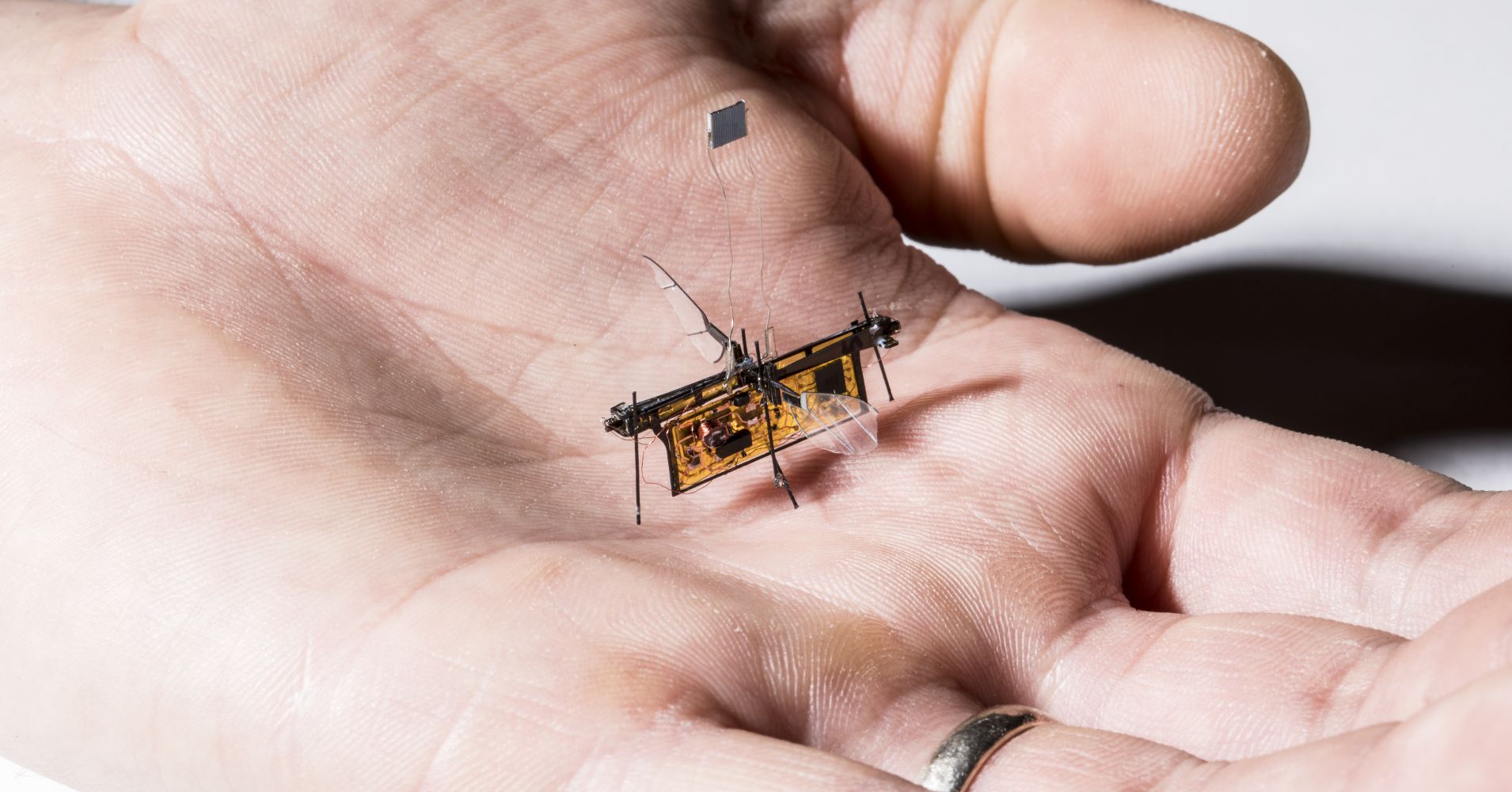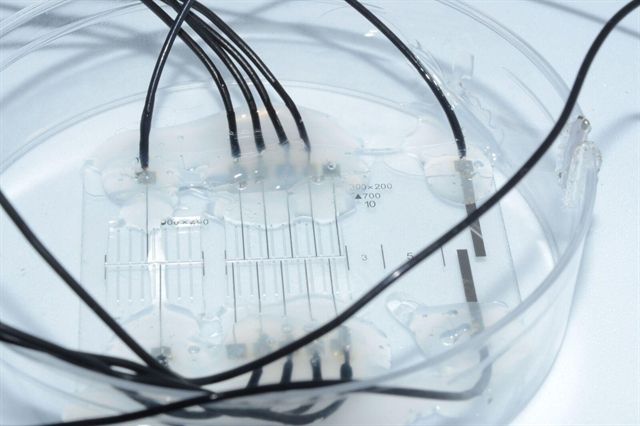Nov 3, 2018
College Athlete Dies of Rare Bacterial Illness Called ‘Forgotten Disease’
Posted by Genevieve Klien in category: biotech/medical
A college student-athlete in Kansas died suddenly from a rare bacterial infection after thinking her symptoms were due to tonsillitis, according to news reports.
The 23-year-old, Samantha Scott, was a top coxswain on the rowing team at Kansas State University, according to a statement from the university. But about two weeks ago, she started to feel unwell.
Initially, it was thought that Scott had tonsillitis, or inflammation of the tonsils, according to local news outlet KDVR. Tonsillitis can cause symptoms such as sore throat, fever and pain when swallowing. But Scott had actually developed an illness called Lemierre syndrome, a condition that’s so rare it was referred to as “all-but-forgotten disease” in a 2006 report of a similar case. [27 Oddest Medical Cases].
Continue reading “College Athlete Dies of Rare Bacterial Illness Called ‘Forgotten Disease’” »


















